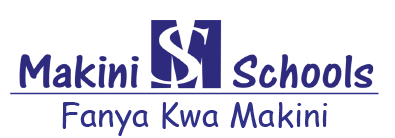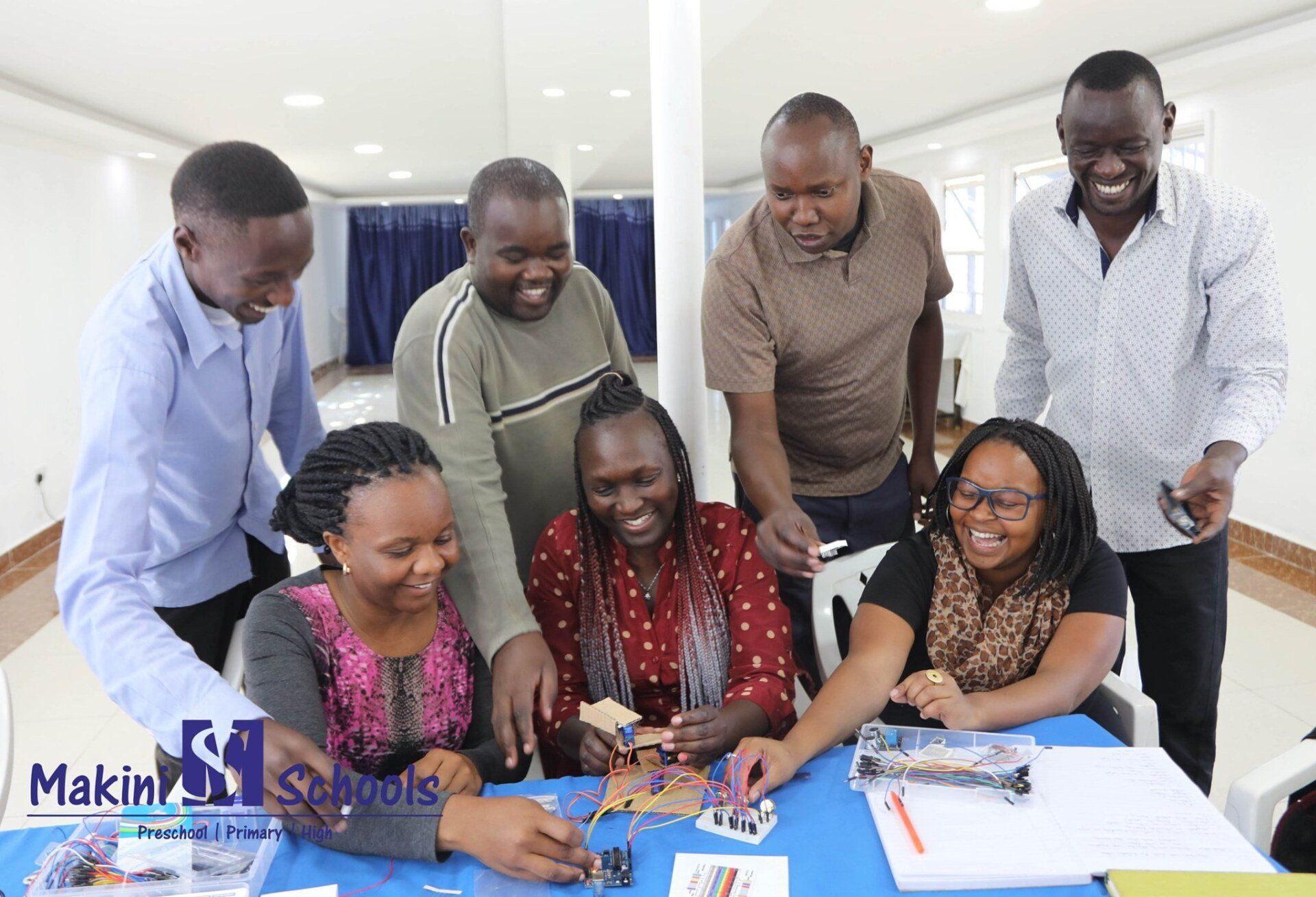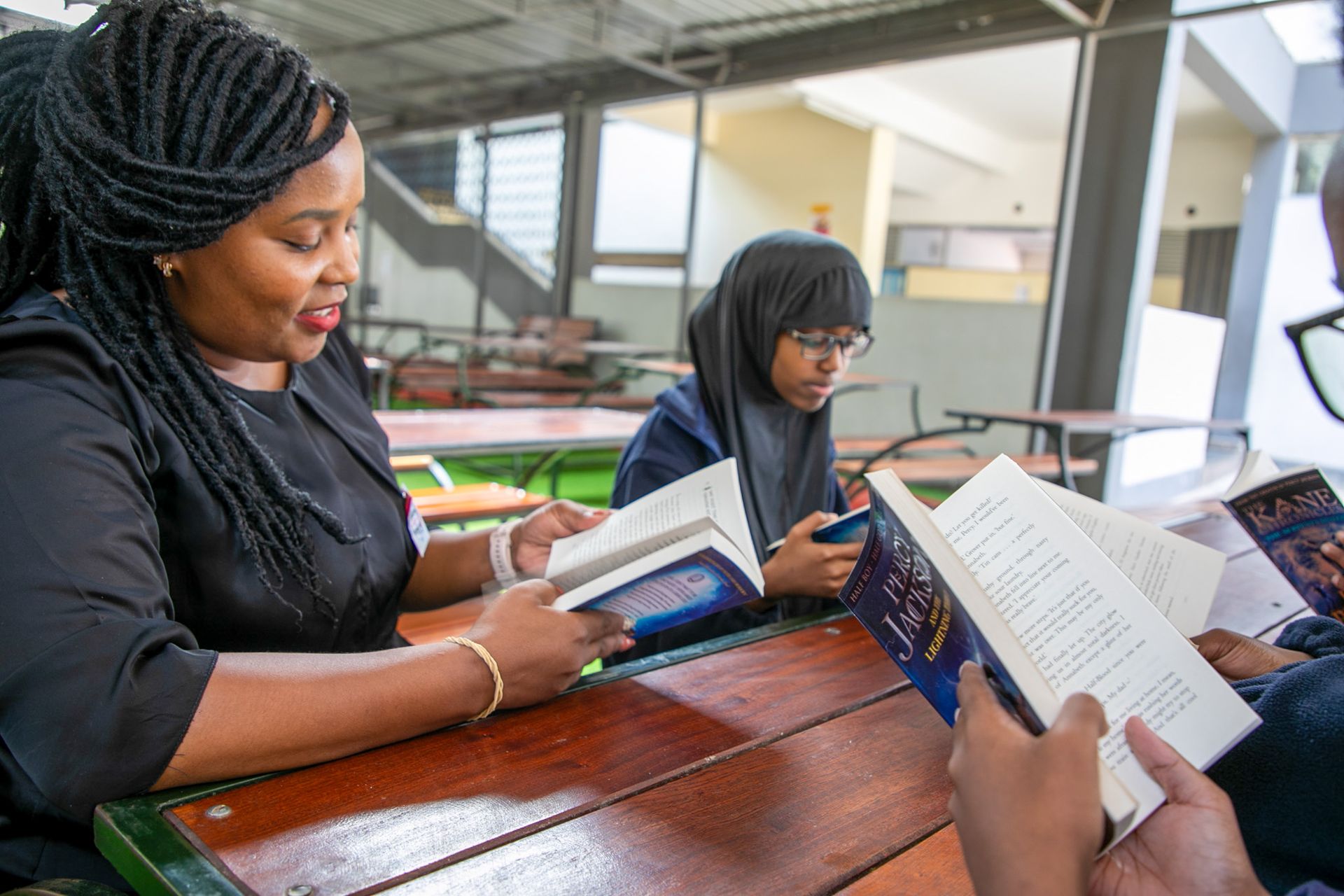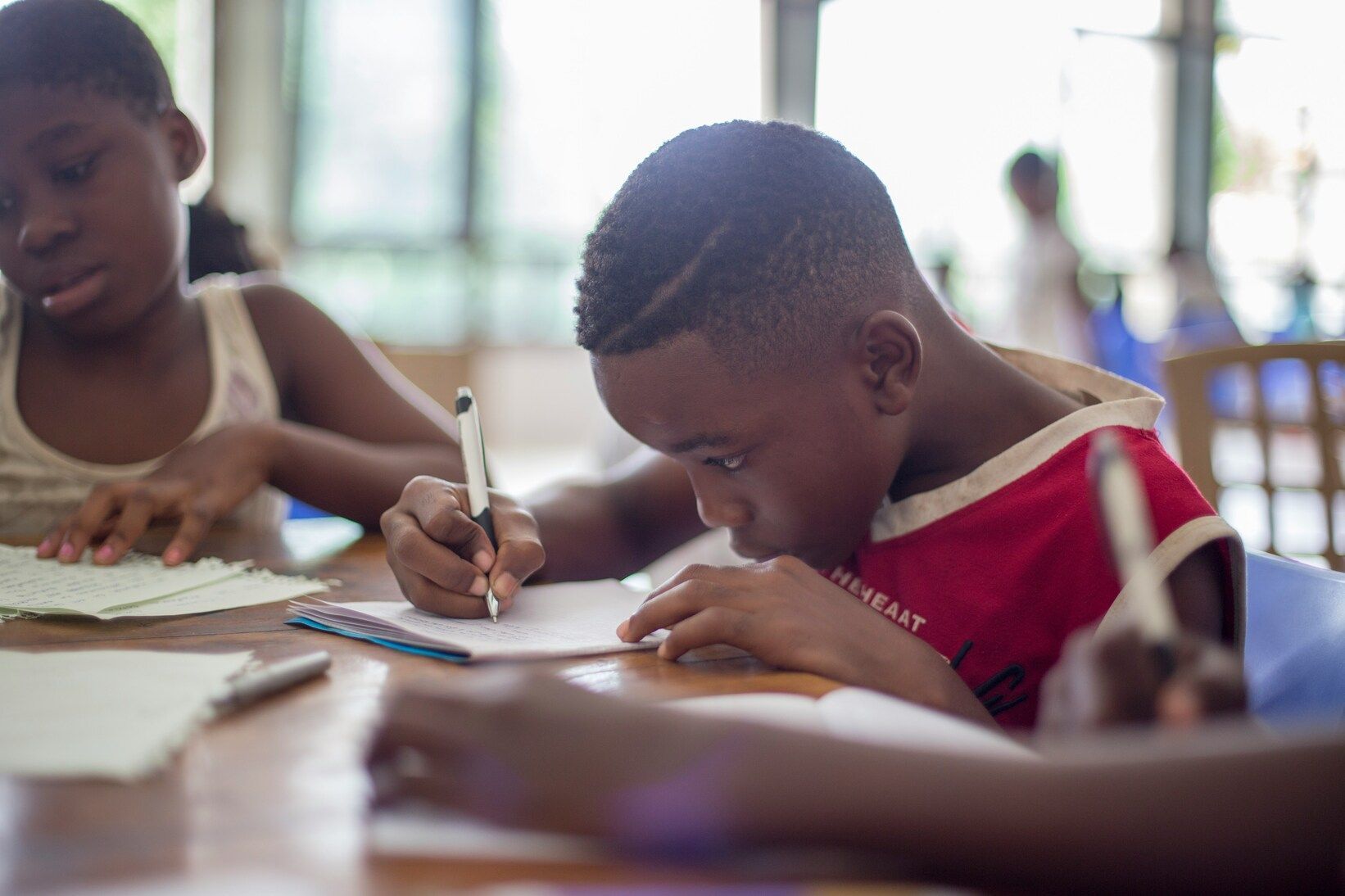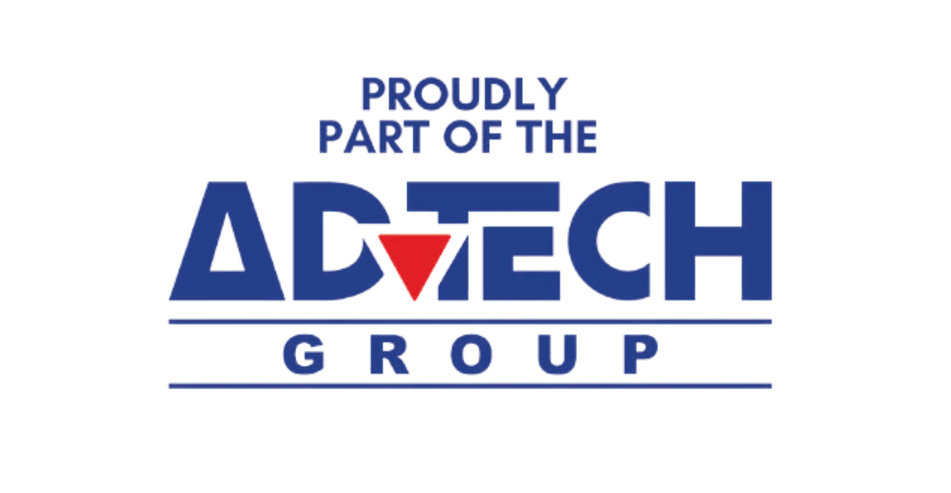Building Strong Communication Skills in Students
Why Communication Skills Matter in Student Development
Good communication skills are the cornerstone of student success and an invaluable asset later in life. From the classroom to future workplaces, the ability to express ideas clearly and confidently affects academic performance, peer-to-peer relationships as well as self-esteem. Students who develop strong communication skills are better equipped to participate in classroom communication, engage in group collaboration and navigate social situations with empathy. Over and above this, these skills lay the foundation for career readiness, preparing students to articulate their ideas effectively, negotiate challenges and build professional networks. Encouraging student confidence through solid communication not only benefits learning outcomes but also nurtures long-term personal and social growth.
Understanding the Core Components of Communication
Effective communication is multi-faceted. It encompasses verbal and non-verbal expression, listening skills, clarity, tone, empathy and
digital etiquette. Verbal expression involves speaking confidently and clearly. Non-verbal cues such as gestures, eye contact and posture enhance the message. Listening skills are just as important as communication skills as they enable students to understand others’ perspectives, respond thoughtfully and collaborate effectively. Clarity ensures that ideas are communicated without confusion, while tone conveys intention and emotion. Empathy allows students to adapt their communication to different audiences and build meaningful connections. In today’s digital age, teaching responsible online communication, including email etiquette, discussion board conduct and video presentation skills is essential to fostering well-rounded communicators.
Classroom Strategies to Enhance Communication
Teachers can cultivate strong communication skills through interactive and engaging activities. Classroom discussions provide students with the opportunity to share ideas, ask questions and practice verbal clarity. Structured feedback from peers encourages students to articulate thoughts respectfully while developing critical thinking. Storytelling exercises help students organise their thoughts and express themselves creatively, while role-play scenarios allow them to practice empathy and understand different perspectives. Group collaboration and presentations strengthen public speaking, boost student confidence and reinforce collaborative skills. Incorporating these strategies regularly ensures that students are consistently practicing both verbal and non-verbal expression.
Creating a Safe Environment for Expression
A supportive classroom environment is vital for developing communication skills. When students feel safe to share their thoughts without judgment, they are more likely to participate actively. Positive reinforcement, such as praising thoughtful contributions or clear explanations, encourages continued effort. Respect for diverse opinions promotes empathy and understanding, while fostering a culture of inclusion. Teachers should model respectful dialogue, actively listen and address disruptions in a constructive manner. Emotional safety allows students to experiment with new communication techniques, take risks in expressing themselves, and build resilience, all of which contribute to stronger student confidence.
Integrating Communication Across the Curriculum
Communication development should not be confined to language lessons. Every subject offers opportunities to nurture communication skills. In science classes, student presentations or lab explanations enhance verbal clarity and structured reasoning,
while problem-solving activities encourage critical thinking and collaborative communication. In humanities subjects, such as history or literature, students benefit from debates and discussions, allowing them to defend ideas and interpret different perspectives. Art and design critiques encourage constructive feedback and visual storytelling. By embedding communication across the curriculum, schools reinforce the idea that effective expression is a universal skill, relevant to every area of learning, thereby boosting student engagement across subjects.
Using Technology to Develop Communication Skills
Digital tools provide unique avenues for improving communication. Video projects, virtual discussion boards and collaborative documents help students practice expressing ideas in written, spoken and multimedia formats. Teachers can assign digital presentations to develop professional-style communication and integrate feedback loops for peer collaboration. Importantly, instruction in digital etiquette, covering respectful language, online tone and appropriate content sharing, ensures that students learn to communicate responsibly in virtual environments. Technology can complement traditional classroom methods, providing students with versatile skills that are applicable in both in-person and online contexts.
Supporting Students with Additional Needs
Some students might face challenges in speech, language or social communication. Teachers can work collaboratively with specialists such as speech therapists or educational psychologists to provide tailored interventions in these cases. Strategies may include visual aids, structured sentence starters, communication boards and small-group practice. Encouraging peer support and group collaboration enables students with additional needs to participate meaningfully while practicing listening and verbal expression. Strengthening listening and verbal expression can also be supported by
improving working memory, which helps students process and retain information more effectively. Patience, flexibility and consistent reinforcement ensure that all students have opportunities to develop confidence and competence in communication.
Parent Involvement in Communication Development
Parents play a crucial role in reinforcing communication skills at home. Engaging in daily conversations, storytelling or reflective discussions encourages children to articulate ideas clearly. Modelling respectful dialogue, active listening and empathetic responses helps children internalise positive communication habits. Parents can also support digital communication skills by monitoring online interactions, guiding appropriate language use and facilitating virtual collaboration when it is required for school. By partnering with educators, parents help extend the learning of communication skills beyond the classroom, fostering holistic development and even stronger student confidence.
Effective communication is more than just speaking or writing well. It underpins academic achievement, social relationships and lifelong success. By prioritising verbal and non-verbal expression, listening skills, empathy and digital etiquette, educators and parents can build student confidence and engagement across all learning environments. A whole-school approach that integrates communication across subjects, encourages risk-taking in expression, and leverages both classroom and digital opportunities will empower students to become confident, clear and empathetic communicators prepared for the challenges of the modern world.
At Makini School, communication development is woven into every aspect of learning. Through collaborative projects, debates, creative writing and digital literacy programs, our teachers nurture students who speak with confidence, listen with empathy and express themselves clearly in any setting. These are the skills that prepare them to thrive both in school and beyond. Find out more about our school here.
FAQs
1. What are the key communication skills every student should develop?
Students should develop verbal and non-verbal expression, listening skills, clarity, tone, empathy and digital etiquette to communicate effectively in diverse settings.
2. How can teachers encourage shy students to speak up?
Create a safe, supportive environment, provide positive reinforcement and use structured activities like small-group discussions or role-play to build confidence.
3. What classroom activities improve student communication?
Classroom discussions, peer feedback, storytelling, role-play, group presentations and debates all enhance communication skills.
4. Why are listening skills important for student learning?
Listening skills enable students to understand perspectives, process information accurately, respond thoughtfully and collaborate effectively.
5. How can parents help children with communication at home?
Parents can model strong communication, encourage regular conversations, storytelling, reflective discussions and support appropriate digital interactions.

